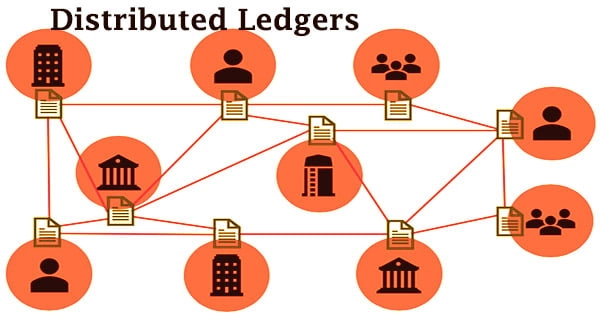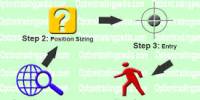The definition of moneyness is simple; it’s the relationship between the strike price of an options contract and the price of the underlying security. There are three main terms that are used to describe the moneyness of an options contract: in the money, at the money, and out of the money. A fourth term, near the money, can also be used. There are two slightly different definitions, according to whether one uses the current price (spot) or future price (forward), specified as “at the money spot” or “at the money forward”, etc.
In finance, moneyness is the relative position of the current price (or future price) of an underlying asset (e.g., a stock) with respect to the strike price of a derivative, most commonly a call option or a put option. Moneyness describes the intrinsic value of an option in its current state. The term moneyness is most commonly used with put and call options and is an indicator as to whether the option would make money if it were exercised immediately. Moneyness can be measured with respect to the underlying stock or other asset’s current/spot price or its future price.
A particularly important measure of moneyness is the likelihood that the derivative will expire in the money, in the risk-neutral measure. It can be measured in percentage probability of expiring in the money, which is the forward value of a binary call option with the given strike, and is equal to the auxiliary N(d2) term in the Black–Scholes formula. This can also be measured in standard deviations, measuring how far above or below the strike price the current price is, in terms of volatility; this quantity is given by d2. (Standard deviations refer to the price fluctuations of the underlying instrument, not of the option itself.) Another measure closely related to moneyness is the Delta of a call or put option. There are other proxies for moneyness, with convention depending on the market.
Moneyness tells option holders whether exercising will lead to a profit. There are many forms of moneyness, including in, out or at the money. Moneyness looks at the value of an option if you were to exercise it right away. A loss would signify the option is out of the money, while again would mean it’s in the money. At the money means that we will break even upon exercising the option.
Example of Moneyness:
If the current price of XYZ stock is $50, a call or put option with a strike price of $50 would be at the money. Exercising the option would result in a breakeven for the investor. A put with a strike price of $75 would be in the money because it would allow the holder of the put to sell the stock for a higher price than it is currently trading.
On the other hand, a call with a strike price of $75 would be out of the money because there is no reason the holder of a call would want the opportunity to purchase XYZ stock for $75 when they could get it on the open market for $50.
Need to know about moneyness –
Moneyness gives us an indication of whether or not to exercise our stock options. Exercising is when we purchase the issuer’s common stock at the price set by the option.
- In the money (ITM) means we stand to gain by exercising the option. A call option is in the money when its strike price is below the current trading price of the underlying asset. A put option is in the money when its strike price is above the current trading price of the underlying asset.
- Out of the money (OTM) means we stand to suffer profit losses.
- At the money (ATM) means we stand to break even.
Example:
Suppose the current stock price of IBM is $100. A call or put option with a strike of $100 is at-the-money. A call with a strike of $80 is in-the-money (100 − 80 = 20 > 0). A put option with a strike at $80 is out-of-the-money (80 − 100 = −20 < 0). Conversely, a call option with a $120 strike is out-of-the-money and a put option with a $120 strike is in-the-money. Though the above is a traditional way of calculating ITM, OTM, and ATM, some new authors find the comparison of strike price with current market price meaningless and recommend the use of forwarding Reference Rate instead of Current Market Price. For example, the option will be In The Money if Strike Price of Buy PUT on underlying is greater than the Forward Reference Rate.
Information Sources:
















